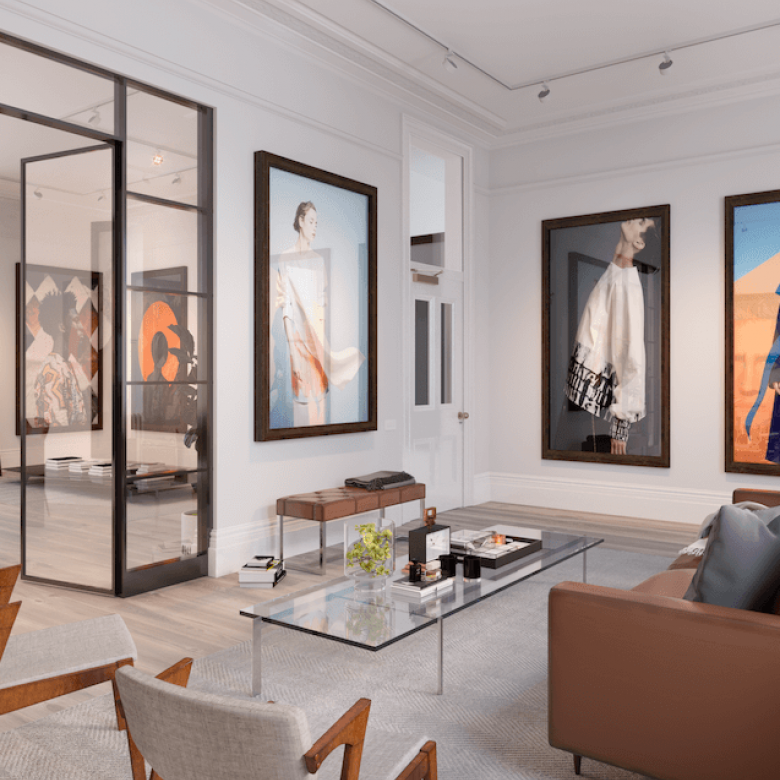Boost Your Home's Aesthetic: The Crucial Connection Between Interior Design and Home Designer
In the quest to transform a residence into a home, the bond between interior design and style is critical. As we explore this topic further, we'll unveil crucial methods for balancing building structure with indoor aesthetics, welcoming you to uncover new dimensions of your living space.
Understanding the Core Concepts of Interior Design and Style
While many might view indoor design and style as simply visual pursuits, they are, in reality, complex techniques rooted in particular core principles. In indoor design, aspects such as balance, focus, and rhythm are vital considerations. Engineers should take into consideration these factors while creating buildings that satisfy the needs of their owners, endure the examination of time, and add positively to their surrounding environment.

The Symbiotic Connection Between Interior Design and Home Design
Though apparently distinctive, indoor design and home design share a cooperative partnership that is vital to the creation of harmonious, useful, and aesthetically pleasing living rooms. The design gives the skeleton, a physical framework where indoor style takes a breath life, turning these areas right into homes. They are synergistic; the style frequently notifying the indoor layout choices, and vice versa.
Crucial Element for Integrating Interior Design and Architectural Design

Case Researches: Effective Integration of Interior Design and Design
Examining a number of instance research studies can clarify the effective combination of interior decoration and architecture. One such case is the iconic Farnsworth Residence, created by helpful hints Ludwig Mies van der Rohe. Its open layout and large home windows harmoniously blend the interior with the surrounding setting. The minimal furniture choice and neutral shade combination even more enhance the building features. Another instance is Philip Johnson's Glass Home. It uses a comparable approach, yet the indoor layout is bolder, with a prominent sculpture in the living location, producing a vibrant interaction between the style and interior decoration. These instances show the potential for indoor style and style to improve each other, producing a cohesive and visually pleasing environment.
Tips for Aligning Your Interior Design With Your Home's Architectural Features
While it may seem difficult, aligning your interior decoration with your home's building features can considerably enhance the get more general aesthetic and environment. The very first step is to recognize the building design of your residence, whether it's modern, standard, or a mix of both. Pick home furnishings and designs that complement it. A modern-day home might benefit from minimal furniture, while a standard home may look ideal with timeless pieces. Make use of the all-natural light, forms, and lines of your home's style. If your residence has unique features like arched doorways or revealed beam of lights, highlight them. Do not cover these up; instead, make them centerpieces. With thoughtful factor to consider, your indoor style can effortlessly blend with your home's design, developing a natural and inviting space.
Conclusion

Elevate Your Home's Aesthetic: The Important Connection Between Interior Style and Home Designer - Winchester architect
Though relatively distinctive, indoor style and home design share a cooperative connection that is critical to the creation of harmonious, functional, and visually pleasing living spaces. It utilizes a similar approach, yet the interior style is bolder, with a popular sculpture in the living location, developing a vibrant interplay between the architecture and indoor design. With thoughtful consideration, your indoor style can perfectly blend with your home's architecture, developing a natural and welcoming room.
In essence, home style and indoor design are interdependent self-controls that, when harmoniously incorporated, can boost a home's visual and livability. - Winchester architect
Comments on “Stylish Rustic Home Design for Rural Retreats”